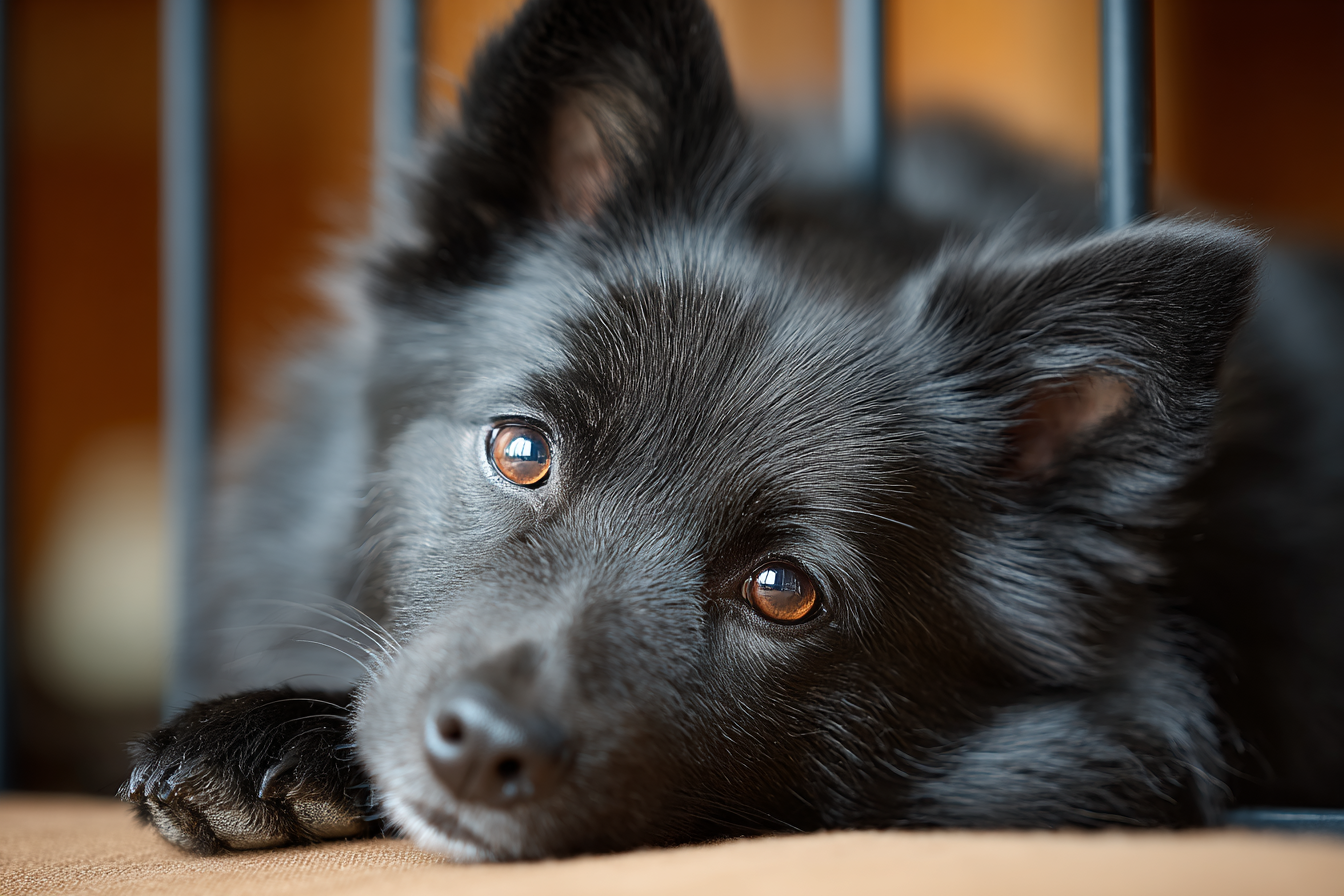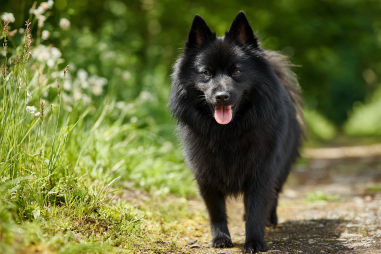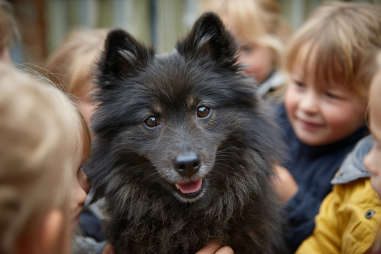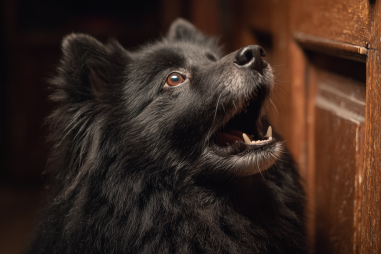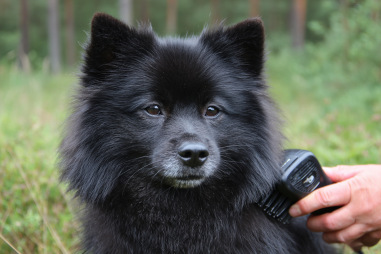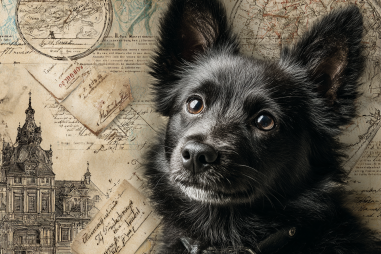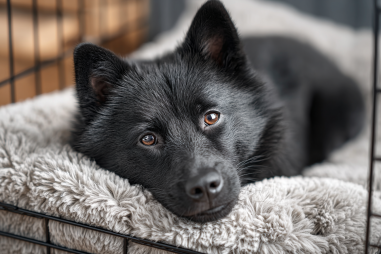Bringing a Schipperke into your home brings energy, curiosity, and a lot of love. Known for their lively personality and sharp intelligence, Schipperkes are small dogs with big spirits. However, their active and inquisitive nature means they can quickly get into trouble if your home isn’t properly prepared. Ensuring a safe environment for your Schipperke is essential to protect them from potential hazards while allowing them to explore and play happily. Let’s dive into practical tips for creating a Schipperke-friendly home, considering their unique needs and spirited behavior.
Common Household Hazards
Schipperkes are naturally curious and agile, which means they can get into unexpected places or situations that pose risks. In many homes, common hazards can range from everyday items to hidden dangers you might not think about initially.
Some typical household hazards for Schipperkes include:
- Electrical cords that they can chew on, risking shocks or burns.
- Toxic plants such as lilies, azaleas, or philodendrons, which can cause serious poisoning if ingested.
- Small objects like buttons, coins, or children’s toys that pose choking hazards.
- Cleaning products and chemicals stored in low cabinets accessible to dogs.
- Open windows or doors where a quick leap could lead to injury or escape.
Identifying these hazards is the first step toward making your home both inviting and secure for your Schipperke.
Securing Electrical Cords and Poisonous Plants
Electrical cords are irresistible to many dogs, especially energetic breeds like Schipperkes who love to chew. This can lead to electrical shocks or burns. To prevent accidents, secure cords out of reach — use cord organizers or protective covers to shield wires. You can also discourage chewing by spraying cords with pet-safe bitter deterrents.
When it comes to plants, it’s crucial to know which are toxic to dogs. Some common poisonous plants include:
- Lilies
- Azaleas
- Oleanders
- Daffodils
- Philodendrons
If you enjoy having plants at home, replace toxic ones with dog-safe alternatives such as spider plants, Boston ferns, or bamboo palms. Keep poisonous plants well out of reach or in rooms your Schipperke cannot access.
Creating Safe Play Areas
Schipperkes are playful and need plenty of stimulation to stay happy and healthy. Creating safe, dedicated play areas helps keep them entertained while reducing the risk of injury or access to unsafe items.
Consider these tips for designing ideal Schipperke play zones:
- Use baby gates or playpens to section off a safe space, especially when unsupervised.
- Remove small or sharp objects that could be accidentally swallowed or cause cuts.
- Provide a variety of toys suitable for chewing and mental stimulation to keep your Schipperke engaged.
- Ensure the flooring is non-slip to prevent joint injuries from sudden sprints or play sessions.
A secure play area allows your Schipperke to be active and curious without constant monitoring, giving you peace of mind.
Outdoor Safety Tips
Schipperkes love the outdoors but can be quick to dart off or get into trouble. Outdoor safety is just as important as indoor-proofing.
Keep these tips in mind for outdoor areas:
- Secure fencing: Make sure your yard is fully enclosed with fencing your Schipperke cannot jump over or slip through. A fence at least 4 feet high is usually necessary, considering their agility.
- Remove toxic plants and debris: Just like indoors, avoid having poisonous plants outside and regularly clear fallen leaves, trash, or sharp sticks.
- Supervise outdoor play: Always watch your Schipperke when outside, especially in unfenced or public areas.
- Provide shaded areas and fresh water: Schipperkes have a thick double coat that can cause overheating, so ensure a cool spot and plenty of hydration.
Travel and Crate Safety
Traveling with your Schipperke, whether by car or plane, means prioritizing their safety in transit. Properly securing your dog during travel minimizes stress and protects them in case of sudden stops or accidents.
- Use a well-ventilated crate that is large enough for your Schipperke to stand, turn around, and lie down comfortably.
- Introduce crate training gradually so your Schipperke views the crate as a safe, comfortable space rather than a punishment.
- Secure crates properly in vehicles — use seat belts or cargo barriers to prevent movement.
- Bring familiar toys or bedding to help reduce anxiety during travel.
For short trips or vet visits, a harness designed to attach to the seat belt is also a good alternative, but crates provide the best protection during longer journeys.
Signs of Unsafe Conditions
It’s important to recognize when your home environment might be putting your Schipperke at risk. Some signs your dog might be encountering unsafe conditions include:
- Excessive chewing on furniture, cords, or walls
- Attempts to escape from rooms or fenced areas
- Repeated coughing, sneezing, or pawing at the mouth, which may indicate irritation or poisoning
- Changes in behavior such as lethargy, vomiting, or sudden anxiety
- Visible injuries or limping after playtime
If you notice any of these symptoms, investigate the area carefully and remove any possible hazards immediately. Consulting a veterinarian is essential if you suspect poisoning or injury.
Making Your Home a Haven for Your Schipperke
By understanding the natural tendencies of the Schipperke and addressing household hazards, electrical safety, plant toxicity, safe play areas, outdoor precautions, and travel needs, you create a nurturing, secure environment where your dog can thrive. Regularly reviewing your home setup as your Schipperke grows and as seasons change will further ensure their wellbeing.
Remember, a Schipperke-friendly home not only protects your furry friend but also enhances their happiness and your peace of mind. After all, they deserve a safe haven just as much as a loving family.

